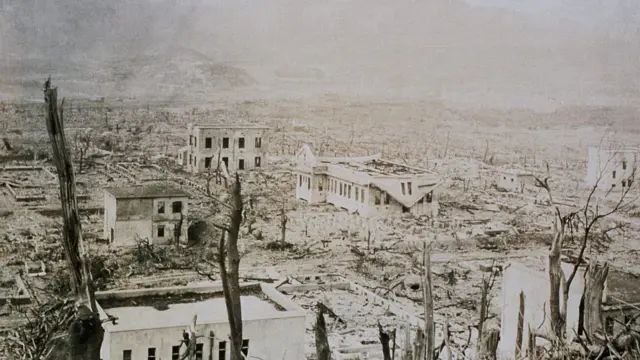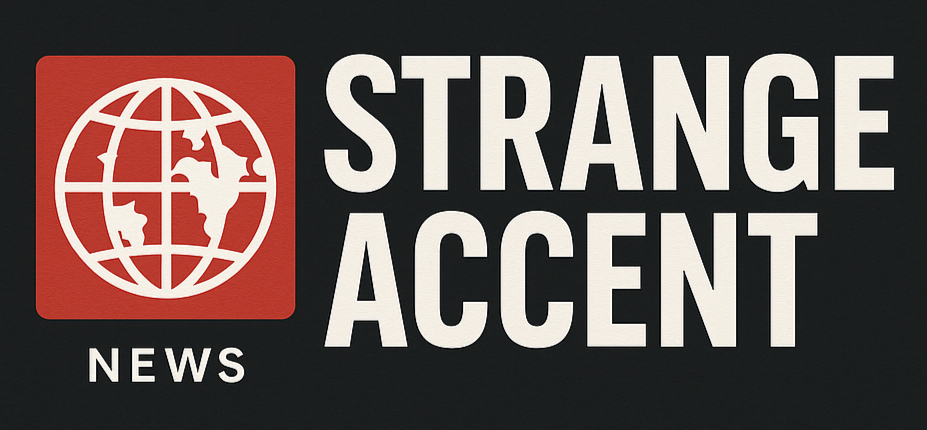On August 9, 1945, the United States dropped the “Fat Man” atomic bomb, with a yield of about 20 kilotons, on the Japanese city of Nagasaki. The original target was Kokura, but poor visibility shifted the mission. Tens of thousands died instantly; by the end of the year, the death toll had reached about 70,000, most of them civilians.
The blast leveled much of the city, yet some structures — like the torii gate at Sanjō Shrine and a wooden statue of the Virgin Mary — miraculously survived, becoming symbols of resilience. Six days later, Japan surrendered, ending World War II. Every year, Nagasaki commemorates the victims and calls on the world to remember that the threat of nuclear war remains real.


